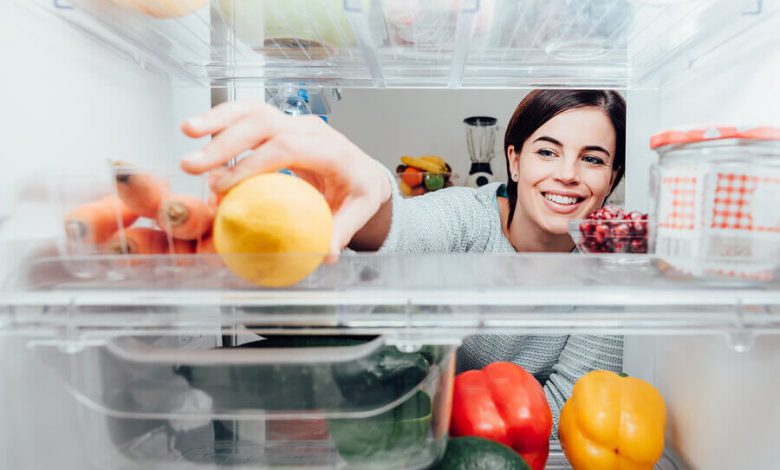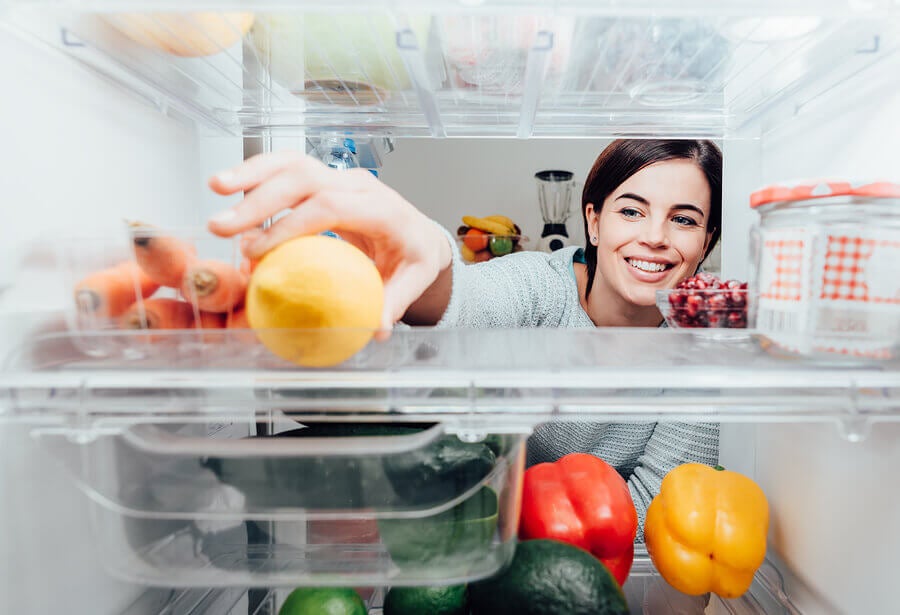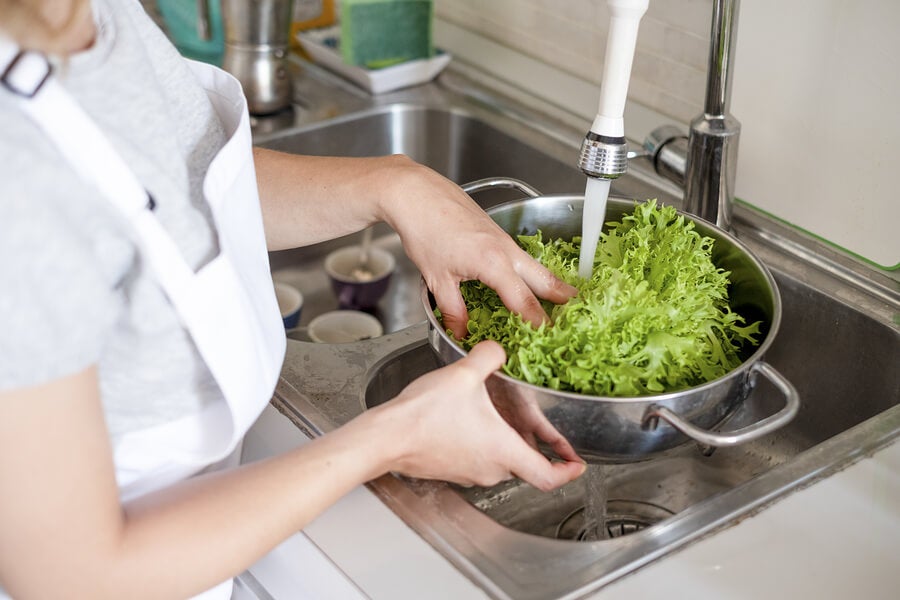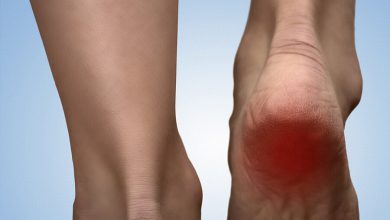What Is Cross Contamination?

Cross contamination can be one of the most common causes in the development of foodborne illness. But how is pollution produced? We tell you everything you need to know.
One of the most important factors in the development of foodborne illnesses (ETA) is their mismanagement. According to the Ministry of Agriculture, Livestock and Fisheries , storage, cooking, washing of raw materials, hygiene of utensils, among others, are the determinants of possible contamination.
When some of the points involved in the production, conservation or storage of food are not controlled, the possibility of finding the so-called pollutants, which are responsible for the contamination, increases.
Cross contamination: what is it?
Cross contamination occurs when biological, physical or chemical contaminants pass from a contaminated food to another that is not contaminated.
Biological agents include bacteria, viruses, and fungi; meanwhile, the physicists can be fragments of virulana, glass, plastic or hair; chemists, for their part, refer to remains of fertilizers, pesticides, disinfectants, and so on.

Direct cross contamination
It occurs when a contaminated food comes into direct contact with one that is not. For example, if foods that were not well sanitized are mixed with others that are not contaminated, as can happen when mixing a contaminated tomato with the rest of the foods that make up a salad.
Also, there is direct cross-contamination when products are improperly placed in the refrigerator, so that ready-to-eat products come into contact with raw foods.
Indirect cross contamination
On the other hand, indirect cross-contamination is that which occurs when pollutants pass from one food to another through some element, such as a knife, a cutting board, kitchen equipment, or hands. A clear example is the use of a knife that was first used to degrease raw meat, and then to cut an already cooked cake.
What should you keep in mind when handling food?
For all the aforementioned, the correct sanitation of the place where food, utensils, equipment and others are prepared is necessary. By sanitation, we mean everything we do to maintain the cleanliness and disinfection of manufacturing facilities, equipment, and processes to prevent contamination. All of this implies the following:
- Remove visible dirt from surfaces, such as food remains, by using water, detergents, brushes, among other elements.
- Disinfect to eliminate microorganisms, by using disinfectant chemicals such as bleach, hot water, steam. Disinfection is not a substitute for cleaning and is only effective if the items have already been washed.
- Start from the dirtiest to the cleanest.

Cross contamination: measures to avoid it
It is important to take into account the following measures, to reduce the risks of contamination:
- Keep cleaning and sanitizing chemicals stored in a special place, away from food.
- Periodically clean kitchen work surfaces with hot water and detergents and never expose them to contact with pets.
- Use disposable paper towels to clean the surfaces. In case of using dish towels or kitchen towels, proper hygiene and replacement is necessary.
- Rinse the treated surface and utensils after disinfection to completely remove disinfectant residue. Avoid applying the detergent and bleach together, since the detergent inactivates bleach, which reduces its disinfecting action.
- Check that at the time of food preparation or processing, the utensils and necessary equipment are clean and disinfected.
- Once raw food handling is finished, and before handling cooked products, clean and sanitize all utensils, equipment and tables.
- Cover the food with a film , hygienic and airtight bags, or put them in tuppers to store in the refrigerator.
- Place raw food at the bottom of the refrigerator to prevent its juices from contaminating ready-to-eat preparations.
- Treat with an antiseptic and protect any cuts or injuries with waterproof bandages. Also, avoid cooking if you are sick or have skin infections.
- Wash your hands with soap and water before, during and after preparing food, and whenever they become contaminated (after handling raw food, after using the bathroom, and when you finish handling cleaning products).
What should be clear?
The contamination points can be several, and it is almost impossible to detect when a food has been contaminated or not. But, if all these aspects are taken into account, the risk of contamination occurring goes down. Therefore, it also reduces the risk of suffering from illness or food poisoning.









